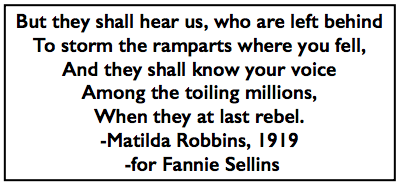 —————
—————
Hellraisers Journal – Sunday April 2, 1922
Jack Sellins Seeks Justice for Murder of Fannie Sellins and Joseph Starzeleski
From the United Mine Workers Journal of April 1, 1922:
SON SEEKS JUSTICE
———-ASKS THAT SLAYER OF HIS MOTHER,
MRS. FANNIE SELLINS,
BE BROUGHT TO JUSTICE
———
Editor of the Journal: I am writing you concerning the bringing to justice the persons responsible for the death of Fannie Sellins and Joseph Starzeleski, who were murdered in wanton cold blood over two and a half years ago.
For this length of time every effort has been made to find the persons responsible for this crime, and on January 26, last, three deputy sheriffs were arrested for the murder. Even on the information on which the arrests were made the court granted them their liberty on bail, which was only $2,500. However, on February 14, the grand jury returned an indictment against the three, and we are now waiting for a date for the trial to be set.
The three men indicted are: Edward Mannison, John Pierson and James Reilly, former deputy sheriffs.
A copy of a resolution is herewith enclosed asking that the two attorneys we have employed be appointed as special district attorneys. I would like to see this resolution adopted by local unions over the country and be sent to president judge of the Allegheny County courts.
Fraternally yours,
JACK SELLINS.The writer of the above is a son of Mrs. Fannie Sellins, so brutally murdered by deputy sheriffs in the Brackenridge mine strike. He has had a heroic effort to have the slayers of his mother brought to justice, and says he is taking no chance of a failure of prosecution in the hands of the district attorney’s office.
The resolution is as follows:
Whereas, The District Attorney of Allegheny County has failed to proceed with the prosecution of the murderers of Fannie Sellins and Joseph Starzeleski, or to take any action to bring these offenders to trial, said murders having been committed at West Natrona, Pa., on Aug. 26, 1919;
Be it Resolved, That we believe that private counsel should be employed for that purpose, and that the court be asked to appoint two attorneys as special deputy district attorneys to take charge of said prosecution, and, further, we recommend that the court appoint John S. Robb, Jr., Esq., of Pittsburgh, Pa., and Victor B. Benton, Esq., of New Kensington, Pa., as such special deputy district attorneys, and that a copy of this resolution be mailed to the president judge of Allegheny County courts.
—————
[Photograph and emphasis added.]

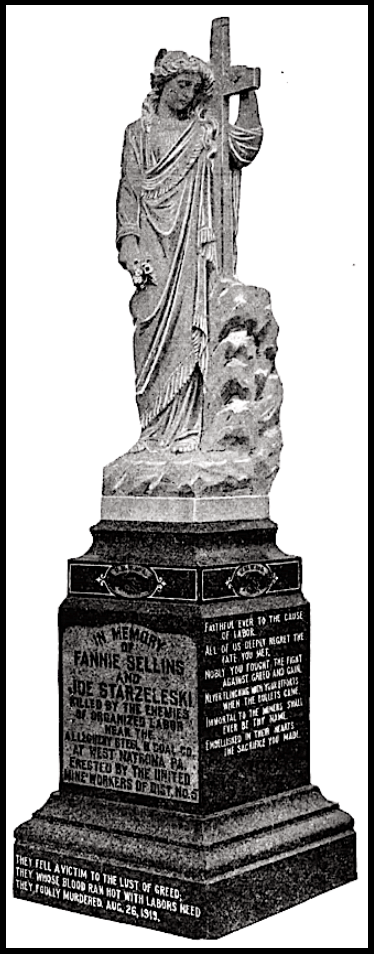
 —————
—————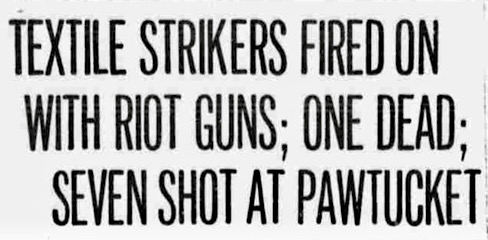
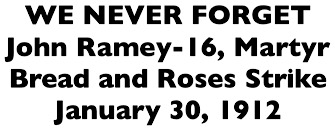 —————
—————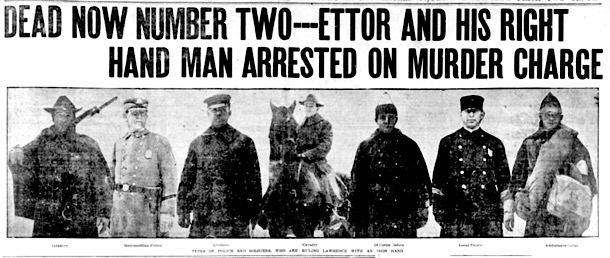
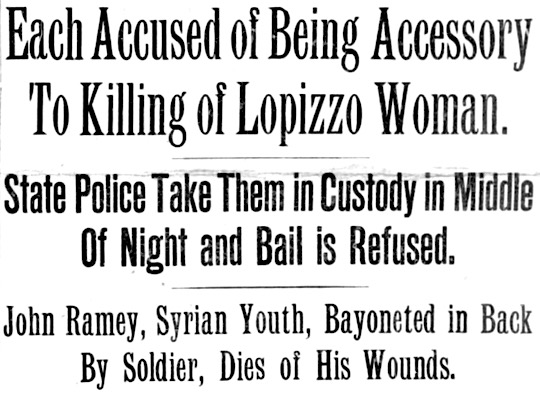 —–
—–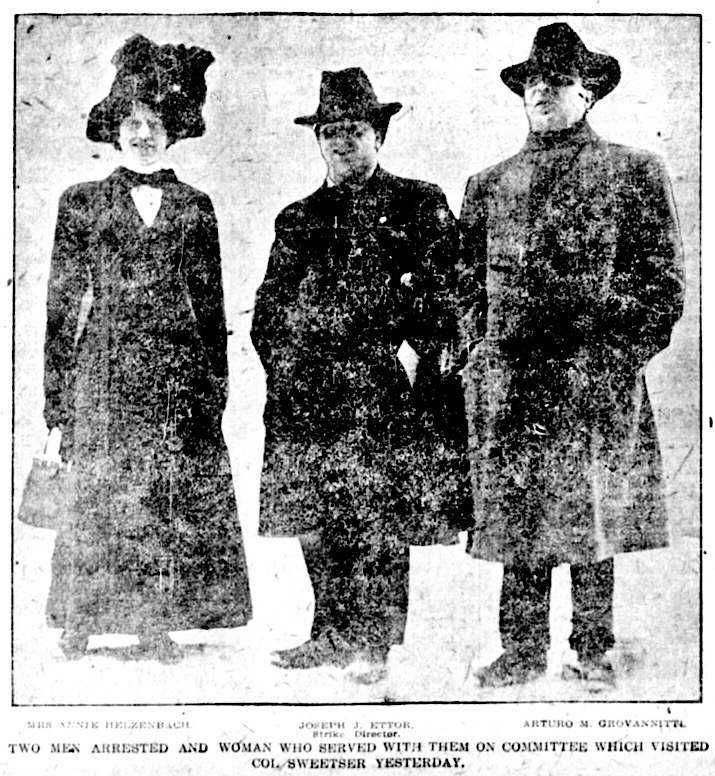
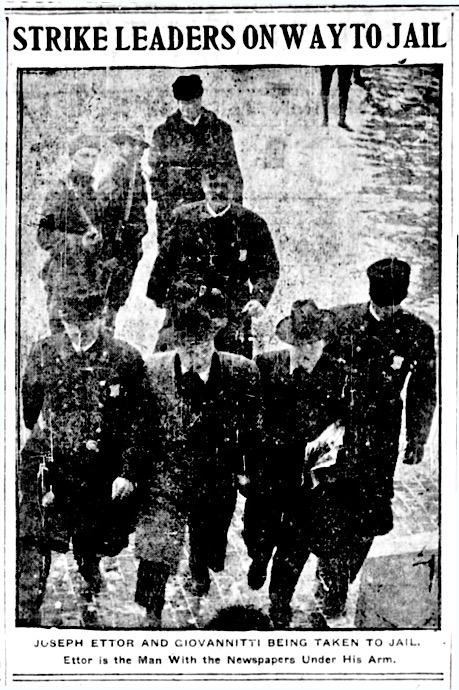
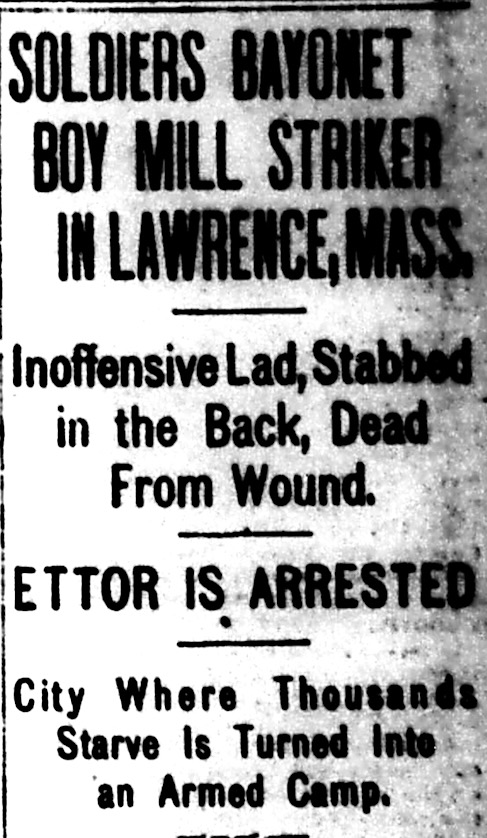 —–
—–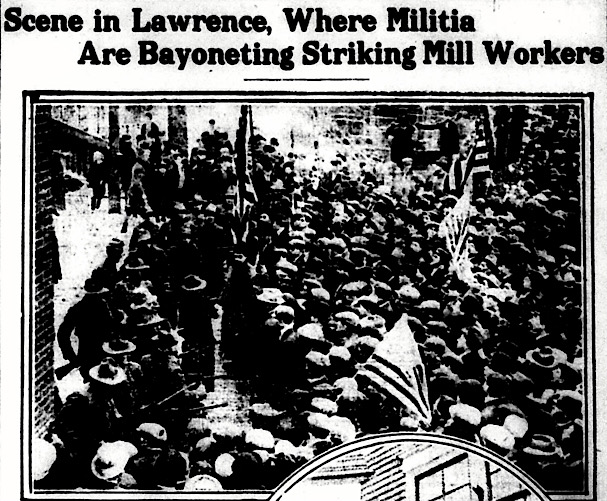 —–
—–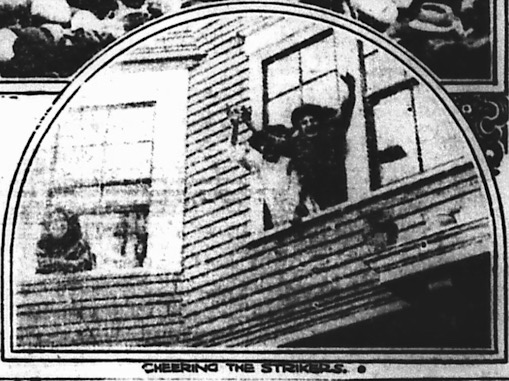
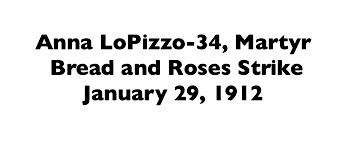

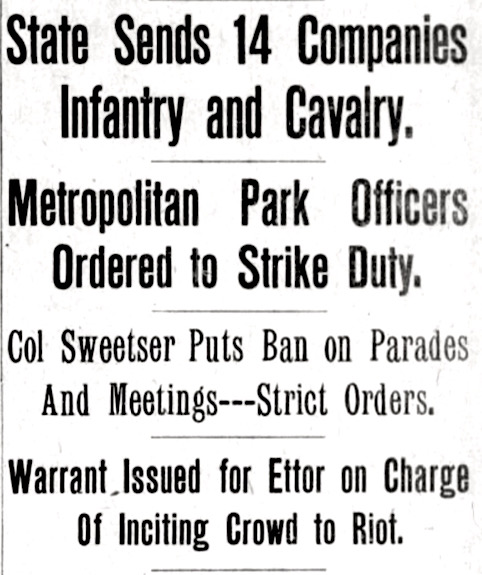
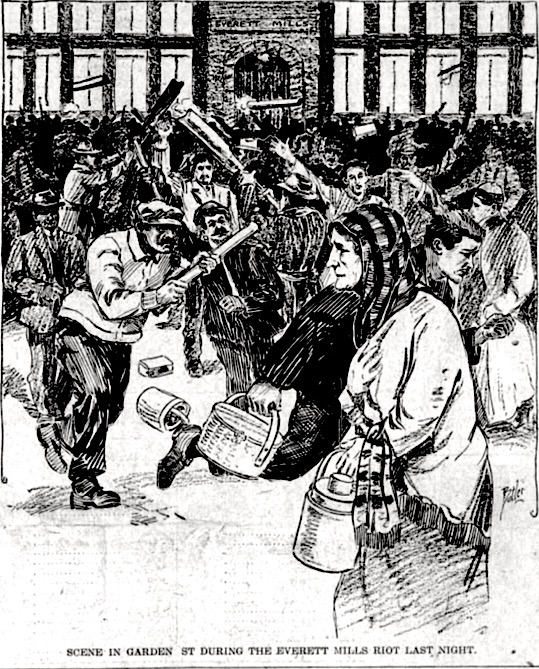
 ———————-
———————-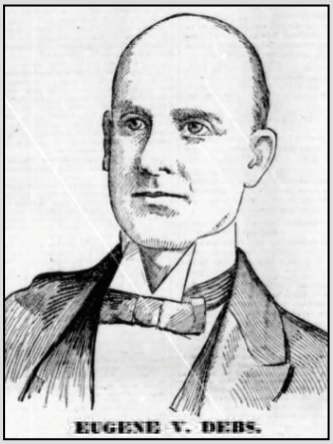
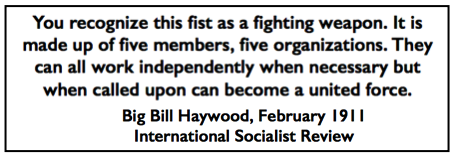 —————
—————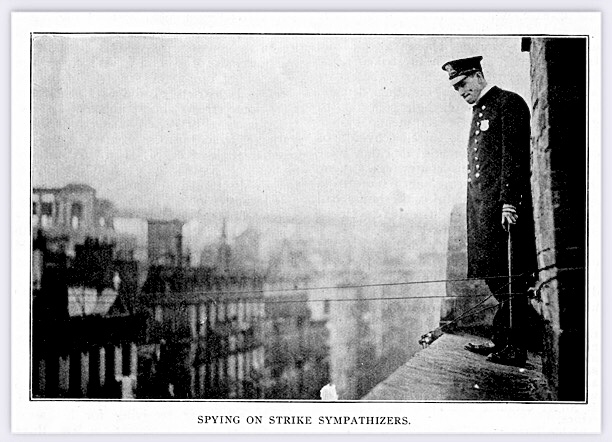
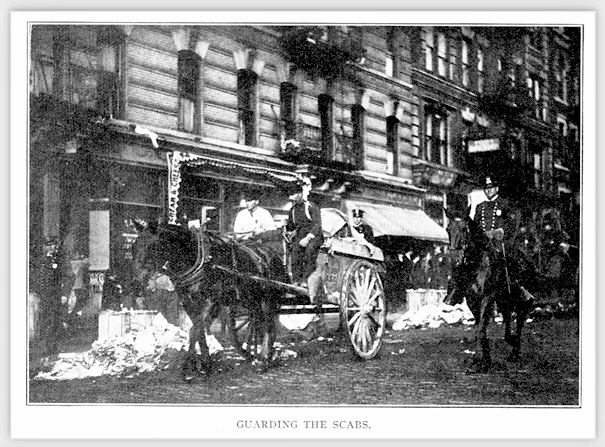
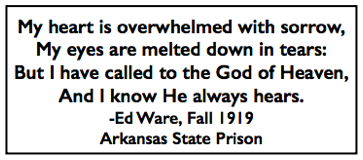 ———————-
———————-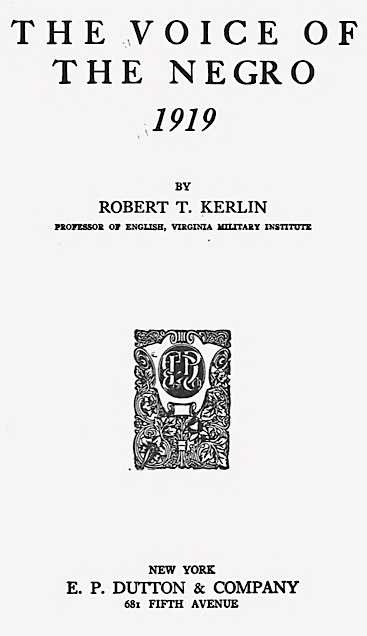
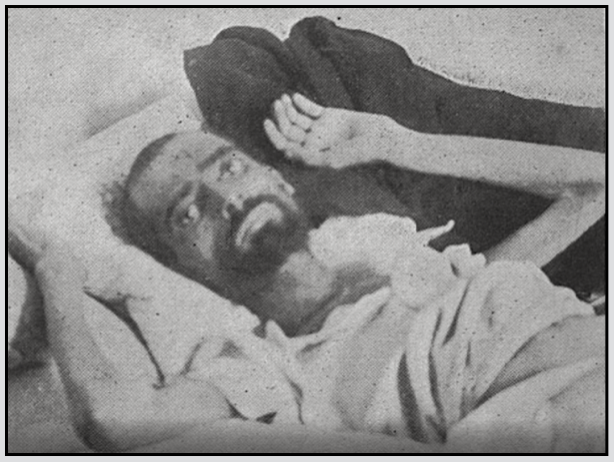
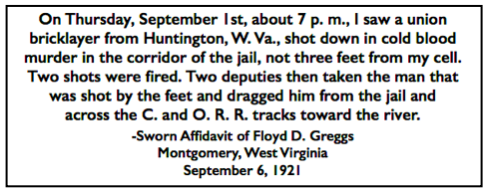 —————
—————